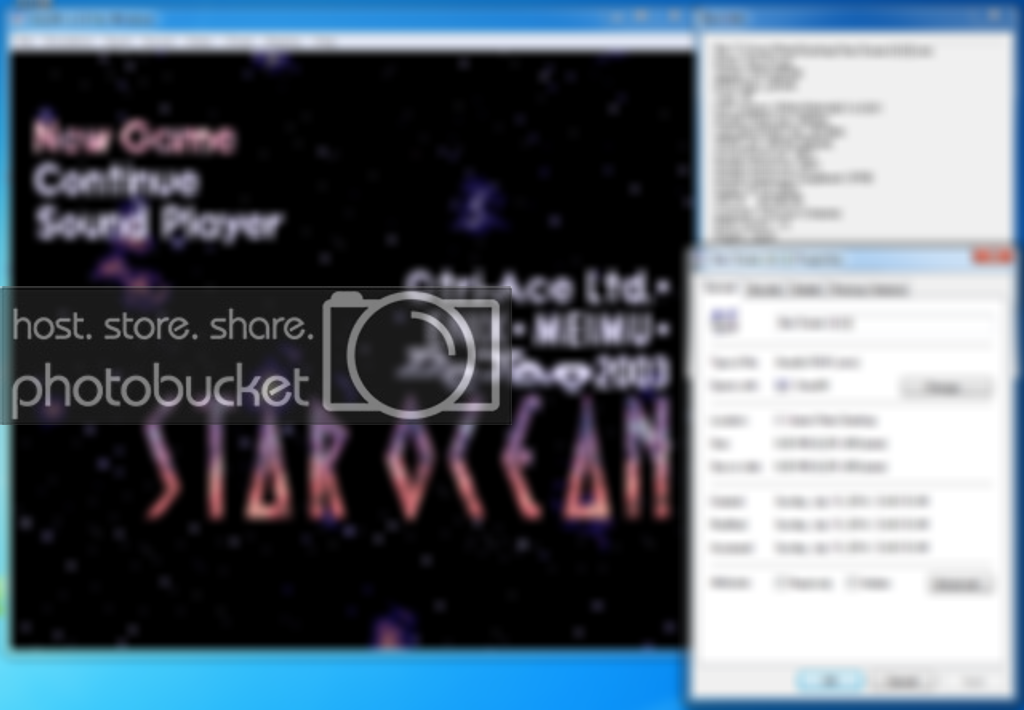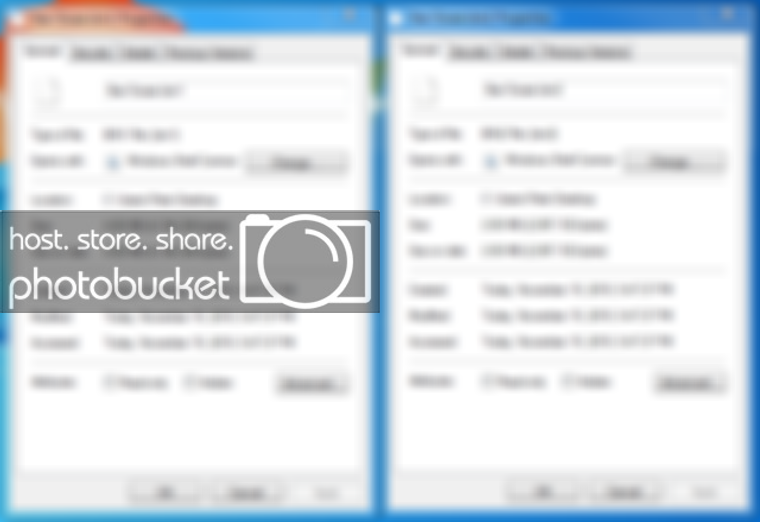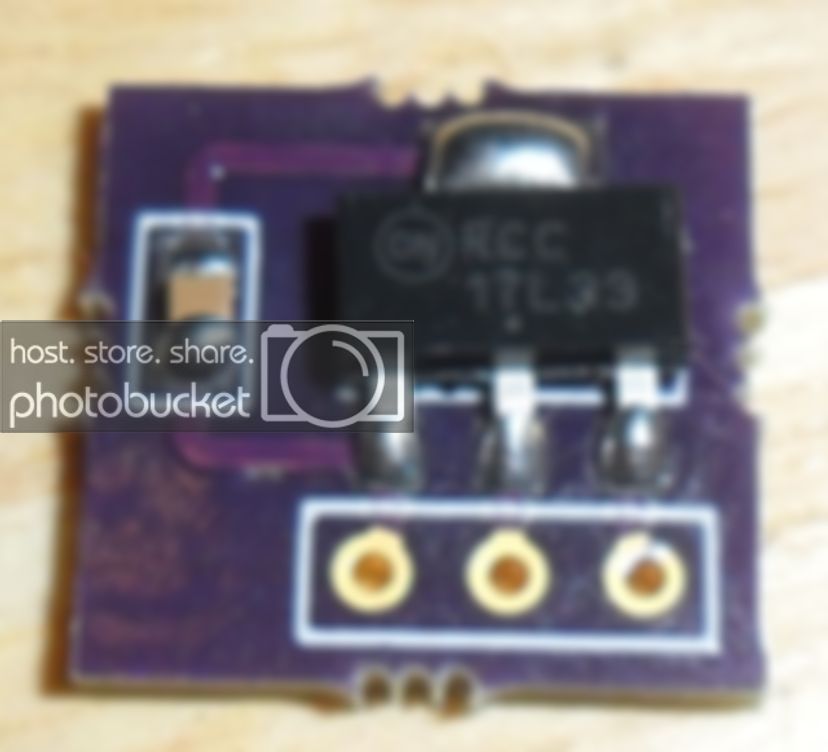So I'm sure everyone knows about the old method make an English Star Ocean out of a donor cart by replacing a single ROM on the board.
http://www.mmmonkey.co.uk/star-oc...
This is all well and good but because you have 1 ROM operating 5v and another at 3.3v the game will crash during the opening cutscene on a SNES Mini.
Just to be clear this is not the best option to make an English Star Ocean because the you are operating a 3.3v chip with 5v logic. I suggest using a PCB from ArcadeMaster1 or RetroStage because the board will operate entirly at 5v.
But if you want to use the Japanese as a donor for some reason, maybe you just like the SFC shell better and don't want to have to reprint a label here is a method I came up with that will work on a SNES Mini using a single EEPROM
What you will need:
All your basic soldering gear
A Japanese Star Ocean
A MX26L6420 EEPROM
A low dropout 3.3v regulator
A 0.1uf capacitor for the vreg
Some software that I will cover below
Start off with a translated ROM, open it with SNESx9 to make sure it plays correctly before going any further

Next check your ROM for a copier header and remove it if it has one

Now we will need to pad the ROM to fill the whole 64mbit EEPROM. We will need to split the ROM then double up the second half
Load up a Hex editor, I use HxD. Click on "Extras" then select "Split..."

Now set the output path and set it to split the ROM at 4MB

Now you will have 2 files, the first half is 4MB and the second half is 2MB

Now open the command prompt, hold shift and right click while no file is selected and select "Open command window here"

Next use the copy command with the binary flag to double up the second half (top command) then combine the first half and the padded second half into a single file (Bottom command)

Now you will have a single 8MB file that will fill the whole EEPROM, ready to program to your EEPROM

After programming your EEPROM it is time to get the board ready, here is a stock board

Start off by removing both of the Mask ROMs, I use a hot air station

Next I put some flux on the pad then heat them up with my hot air station again to level out the pads

Now it is time to get the EEPROM ready, bend up A21(pin 1), /CE(pin 12), VCC(pin 23), and /WE(pin 33)

Now solder the EEPROM into the spot on the right making sure the lifted pins are not touching the pads

Now start wiring the vreg, I made up some PCBs because I did not like mounting it strait to the board

Start off by connecting the /CE pin to ground, the pin to the right is a ground pin so I just used a glob of solder

Now connect the VCC and /WE pins to the 3.3v output of the vreg, I just stripped a long wire and soldered it to the 2 lifted pins

Now conenct the Ground and 5v input on the vreg

Now connect a wire from A21 on the EEPROM to the /CE pad for the left ROM

And an overview of the completed board

Now some technical info on how exactly this method works. The S-DD1 chips controls what ROM is active by switching the /CE lines to either VCC or Ground, when /CE is conencted to ground that chip is active. by hard wiring the EEPROM /CE pin to ground the chip is always active. By manually controlling A21 on the EPROM we can select the upper or lower half of the EEPROM. A21 is connected to the /CE line on the left ROM line so this way when the S-DD1 enables the first ROM A21 will be pulled low and only the first half of the chip is enabled. And when the S-DD1 disables the first ROM A21 will be pulled high and only the second half of the chip will be enabled so it is basically 1 ROM acting as 2.
I was able to play this board on my SNES Mini for over an hour without any crashes and saving still works.


















